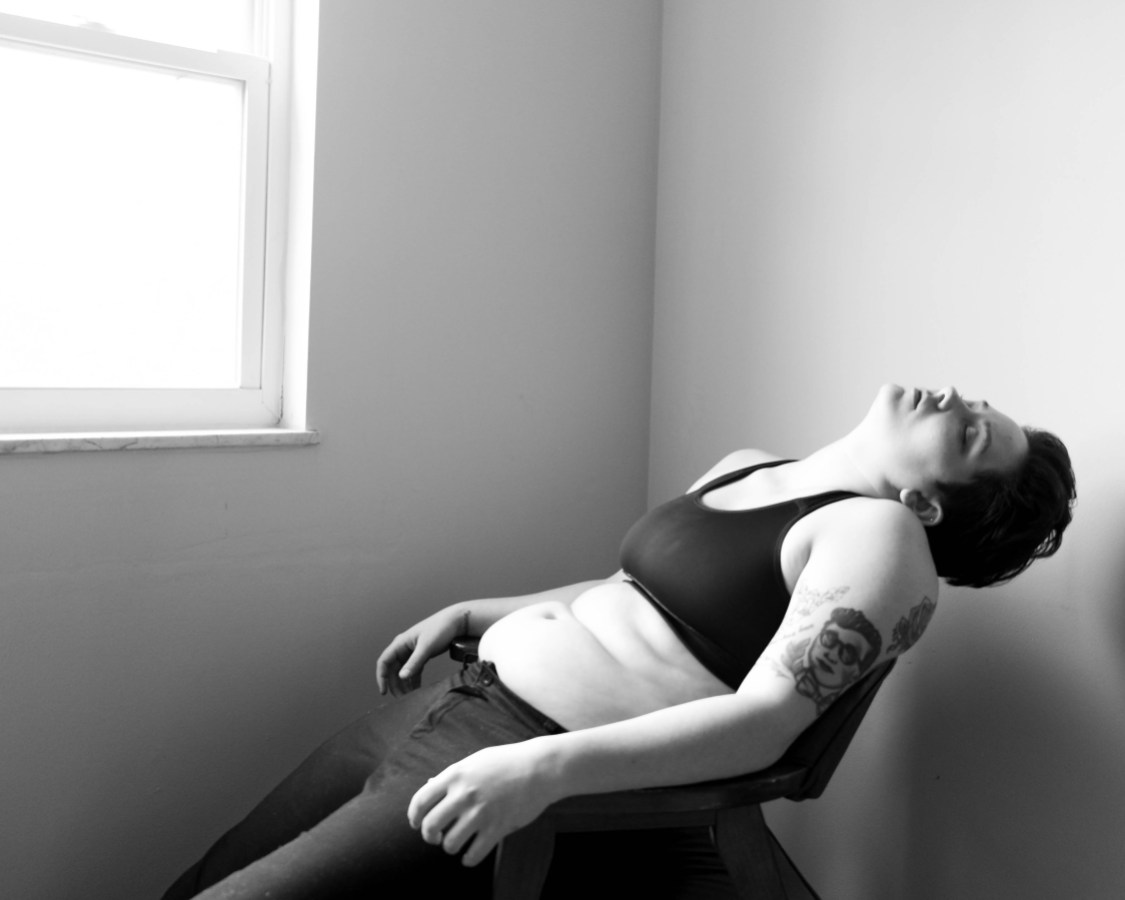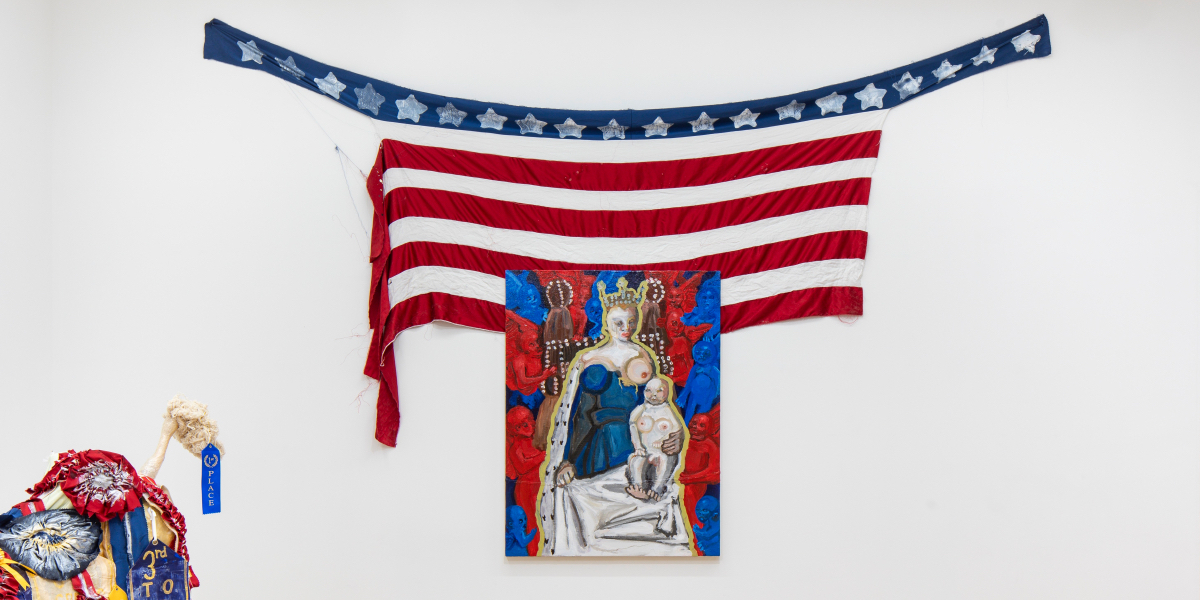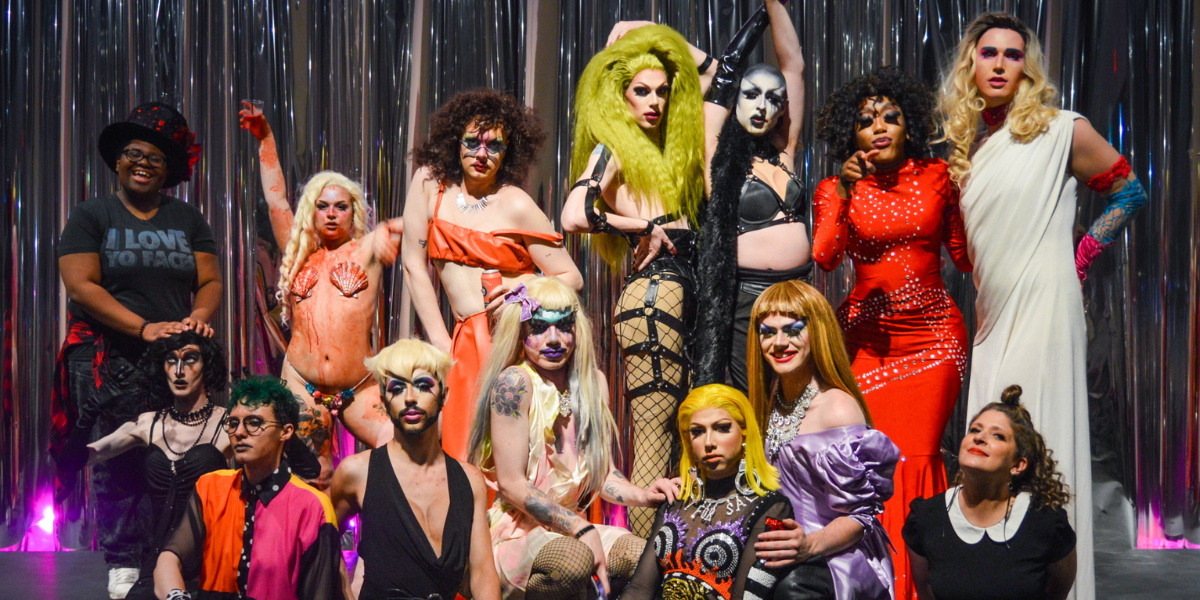feature image photo by the author, Julie Rae Powers
Deep Ruts, my longform photographic personal narrative, prompted by my coming out experience as a queer person from Appalachia, was started and created out of loneliness. I had just come out, my relationships with my parents changed, my romantic relationships shifted or fell apart, I was new to a large city with few connections after living in rural spaces and small towns, and I had spent a lifetime disconnected from intimate truths about myself. During graduate school, one of my professors asked me: Why did you ever pick up a camera? Because you never saw yourself in your own spaces or on TV. Something so obvious wasn’t obvious to me at all, a breathless epiphany that propelled me through many years of making photographs. Lack of representation was part of it, but my rebuttal a decade later is that I picked up a camera to navigate my loneliness, a mechanical friend who could provide artifacts of my life long after people and places have left me.
Queer and Appalachian felt like two identities that could never integrate, but I was committed to validating my own reality. My research about being a queer Appalachian didn’t render a ton of results. Mostly what I found was about being queer in the South, or an in-depth thesis on softball dykes in Birmingham, Alabama 1961-1964, for example. There weren’t a ton of academic texts about lesbian coal miners in West Virginia or Indigenous Two Spirit pipeline fighters, and there were very few mainstream or popular media narratives that weren’t about opioids or Trump country. It felt like a desert. I had a deep desire for more stories from people like me, like the dynamic, nuanced, complicated folks I grew up with, craving stories that give depth to an Appalachian experience.

Academic research is one part of the thesis process; the other is the creation of a visual body of work resulting in a gallery showing. Deep Ruts flowered from my thesis exhibition Queer in The Holler, where I really was just trying to locate myself within my own experience and figure out how I fit into my own histories. A photographic diary of trudging on hands and knees, feeling around for connections to my family when I felt queerness and religion were at odds. It makes sense that I would like working in the dark, using light, tools, and chemistry to change things in pitch black, to make something lasting out of a black hole, like Dad in the coal mines. When I think of it that way, I think of me as his, belonging to him, his child, which is also what Deep Ruts is really about. That deeply queer feeling of simply wanting to feel like you belong to your mother and father, unconditionally. That you are connected to your people, that they want you to be connected to them.
A self-portrait on a four wheeler with a lover’s arms wrapped around me, riding away, slinging mud; a self-portrait as a coal miner; self-portrait comparing my butch aesthetics to the masculine aesthetics of my Papaw; self-portrait with my partner looking in defiance directly into the camera with firm footing; self-portrait wearing a crown of thorns next to the verse about the return of the prodigal son. These are all photographic imaginings that visually wrote me into my own present, my pasts, while clamoring to dream of a future where both aspects of my identity did not feel so at odds with one another.
Throughout the decade of making this photography book, I have learned new senses of belonging, connection, and community, new ways of belonging with family and myself. As I dug in deeply to my own story, looking for my own sense of self led me to find many other Queer Appalachian artists whose work is so beautiful you will weep. Photographers whose work tilts Appalachian stereotypes upside down.
This process taught me that art cannot be rushed, and neither can processing your hurt. Both have their own time, and sometimes that timing is the same. I’ve learned that letting art be a relationship you have with yourself over time is deeply fruitful. Bearing witness to the shift in your own perspectives and understandings of the world is a way of being totally present with yourself and your own histories, a way of connecting to the soul and loving oneself.
The reasons I pick up a camera have evolved too. I pick up a camera because creating an archive of my experience is radical. Queer folks deserve to craft their own archives and have them be long-standing, as do all oppressed people, such as Indigenous people, Black folks, Palestinians, to name a few. I photograph to show love. To revel in the queer joy of my evolving community in the face of untenable odds. To point and scream and shout! We’re vibrantly alive!
My housemate asked me about this era I am experiencing with Deep Ruts right now: finding a publisher, emailing editors, doing social media marketing, book production, reviewing proofs, the administrative end of a decade long project. He asked how it has changed my relationship with the project and what other eras may look like. My response: The administrative aspect of publishing a book is just another set of skills my artistic practice has taught me. More tools in my belt. Experience is the best teacher.
As for other eras? I think this body of work will always be a locus for my artistic practice, because it’s the beginning. It’s a foundation that has allowed me to root deep into the spiritual experience of image making.








Comments
YESSSS this is so poignant and beautifully written.
Always here to hear from other queer Appalachians! ❤️❤️❤️
Wonderful! Thank you for sharing with all of us and creating this space.
Hell yes, so excited for this work. I was born and raised in northern Appalachia and am now living in Vermont, where I yell about rural queer solidarity across regions at every turn :)